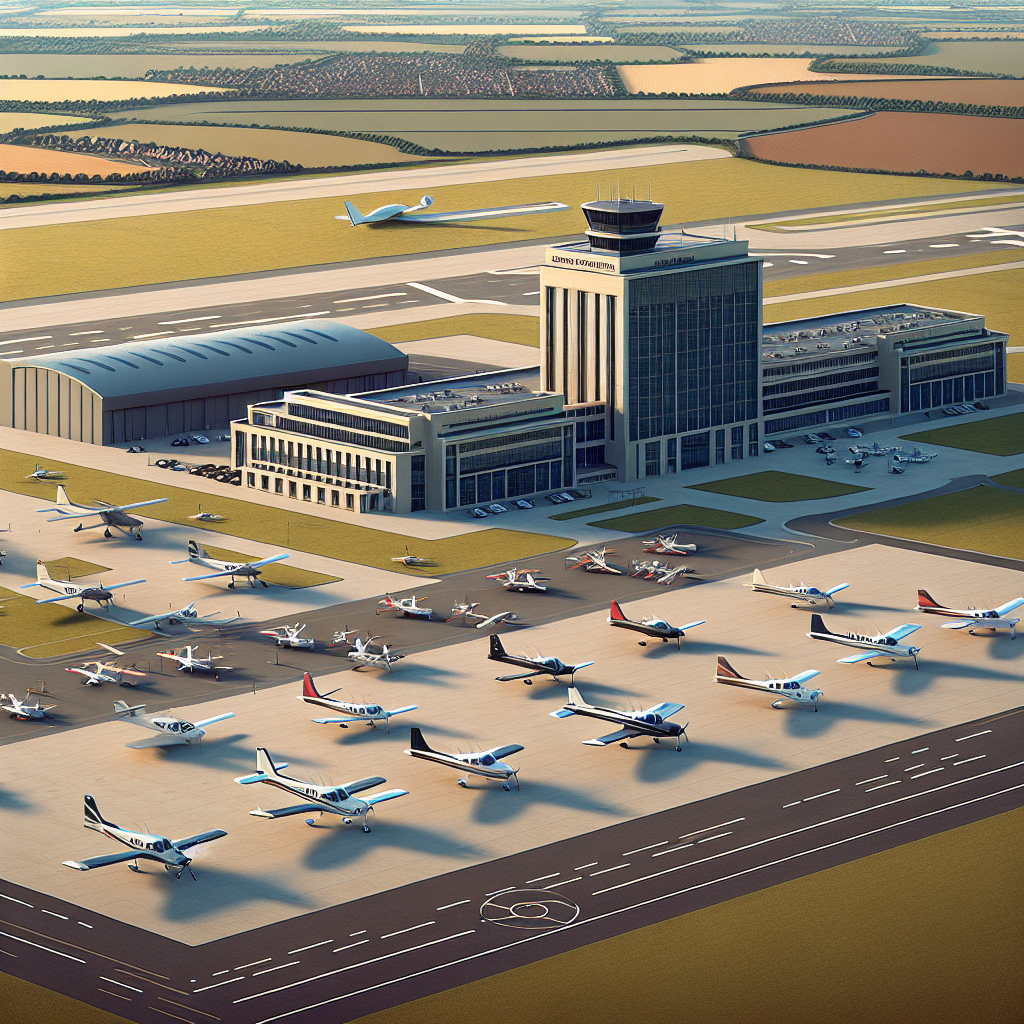#MINDANAO The much-anticipated American tariffs have come. We have been hearing about these since November 2024. As of April 2, a 17 percent tariff on all Philippine exports to the United States has been imposed by their government.
Higher tariffs have been levied on all our ASEAN neighbors except Singapore, which has been slapped with a lower 10 percent tariff on all its US exports. I would like to tackle this on three points. The first concerns our substantial bilateral trade with the US.

Data from the US trade representative shows that we exported US$14.2 billion dollars worth of goods to the US while we imported US$9.3 billion.
US$6.92 billion of these exports are electronics and electrical equipment, according to the website trading economics.com.
How the tariffs will affect these and other manufactured exports, and the jobs created by such key industries remain to be seen. Moreover, a vital question asked in the lens of the bilateral US Philippines economic relationship is whether these tariffs will decrease our exports to the US. Answering this may not be easy since we are not alone in the tariff hike, as higher tariffs were imposed on many other countries.
To assess this, we will need to compare our export numbers to the US with other countries with similar exports to the same country. The second point is to examine the impact this will have on our trade with other nations. Vital questions to ask include whether these high tariffs force some countries to scale back production of certain goods and services that were exported to the US.
Will they be encouraged to sell more to others? Will there be a resulting slowdown in global trade resulting from the tariff impositions? Will the price of products rise? These are vital questions for a country like ours which needs to source a portion of its food supply, and a large chunk of its machinery and technology requirements from the global market. The third point is that the impact of reduced exports to the US will need to be assessed in terms of how this unilateral decision by the world’s largest economy will affect the nature of global trade moving forward. Recalling the effects of the “trade war” launched by the US during the first Trump presidency, will we see long term changes in trade patterns resulting from US tariffs and resulting retaliatory tariff measures from other countries? In assessing these and other points, our economic think tanks will need to flex their expertise.
It will be crucial to calculate these impacts in terms of its effect on how much it will cost for us to import things and how much more or less we will make with our exports, and undertake this over time. This is vital information for our business sector. Already, the Management Association of the Philippines has weighed in by seeking the creation of an economic security council to monitor the effects of the US tariffs.
Respectfully, I opine that this council ought to also examine the effects of the response of other economies where we import many goods, and to evaluate how we can increase exports and trade with other countries in case our export volumes to the US go down. In Mindanao’ s case, economic research institutions must start assessing the island’s comparative advantages and position vis a vis these tariffs and their effect on trade opportunities for Mindanao’s key agricultural and mineral exports, as well as its growing property, manufacturing and business process outsourcing sector..
Politics

3 points to further study US tariffs

The much-anticipated American tariffs have come. We have been hearing about these since November 2024. As of April 2, a 17 percent tariff on all Philippine exports to the United States has been imposed by their government. Higher tariffs have been levied on all our ASEAN neighbors except Singapore, which has been slapped with a lower 10 percent tariff on all its US exports.















